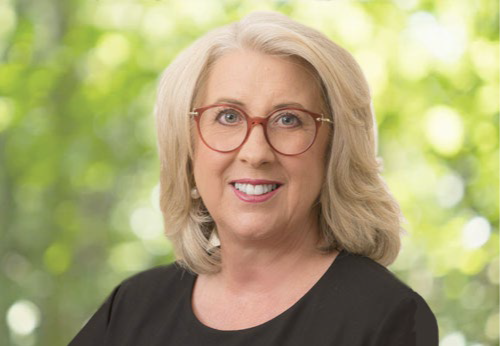When a couple divorces (or de facto or same sex couples terminate their relationship), one of the major decisions to make is “who gets what”. A pre-nuptial agreement may help make this division easier. If a couple can decide between them and come up with their own agreement, long court battles can be avoided. If not, the courts have their own way of dealing with property division. In Australia, the courts place all property into one pool and then divide it “equitably” or fairly. Everything is included and considered joint property by the courts.
The law governing property division(link to “Property Division FAQs”) between spouses or de facto couples is Part VIII of the Family Law Act, 1975 (FLA). The law provides guidelines for the courts to use when dividing property. There are a number of factors the court will consider and which couples should know about. Below is a list of some considerations.
Think about the children
Before even entering into the fight, divorcing couples should consider their children when dividing up property. It might be more “fair” to sell the marital home, but parents (if they can afford to) should also consider the impact of this change on the children. If parents are going to share parenting time, they should think about what children will need in each home and also divide accordingly. If one parent is moving to a smaller home, he or she might not have space for so much furniture, so why demand it just for the sake of being fair. Both parents should consider the physical and emotional needs of their children, not just what they themselves believe they are entitled to receive.
Depreciation of ownership rights
Over time, the contribution of the person who brought the property decreases and the contribution of the other partner increases. For example, one person may have purchased the house prior to the marriage, but the other partner paid most of the mortgage on it for the next 20 years. The investment in the house may be equal by the time the couple splits up and the court will consider this relevant in making an equitable distribution.
The value of the property when it was acquired.
The courts will consider the value of the property when it was brought into the marriage as well as the length of the marriage. There is a difference between a house that was worth $100,000 and one worth $2 million. If a couple was married for only a short period and during that time the marital home tripled in value, how much is the spouse who purchased it prior to the marriage entitled to? How much is the other spouse, who paid next to nothing in terms of mortgage and maintenance, entitled to?
Non-financial contribution
The courts in Australia today recognize that in many marriages today, one partner may earn a high salary while the other contributes to the marriage in a non-financial capacity. This role has a value that also needs to be measured for property purposes. Many couples decide that one partner will stay home to care for the house and children. This enables the other partner to obtain an education, gain professional experience and earn a higher wage. The stay-at-home parent is entitled to financial compensation for his or her job at home and for allowing the other spouse professional development.
The parent who stays at home makes other large non-financial contributions to the home. By being at home, the family saves thousands of dollars on child care and possibly cleaners and cooks. Finally, the at-home spouse may undertake do-it-yourself jobs, like painting, also worth a good deal of money to the family, but without any actual monetary compensation. Imagine a spouse who repaints the inside of the house. Not only has the family saved on the expense of paying an outside contractor but the value of the home has also increased.
Use and maintenance of the property
The court will consider not only the worth of the couple’s property but also how it is used. In one family, for example, the father stays home to care for the children. He is responsible for all household work – cooking, cleaning, gardening, paying bills. The mother, in turn, works long hours to provide a good income and financial stability. No doubt the mother “earned” her share of the house, but so did the father. The court might ask who actually needs the home more. In this case, the court may consider equitable distribution to mean that the father keeps the house and the mother receives other property.
Future needs
Section 75(2) of the FLA lays out the factors a court uses to determine the “future needs” of each spouse. The court considers age, health, professional training and ability and property and financial resources, among other factors. Based on this analysis, the court may decide that a particular spouse is entitled to more of the marital property, to compensate for that person’s weaker ability to earn a living.











